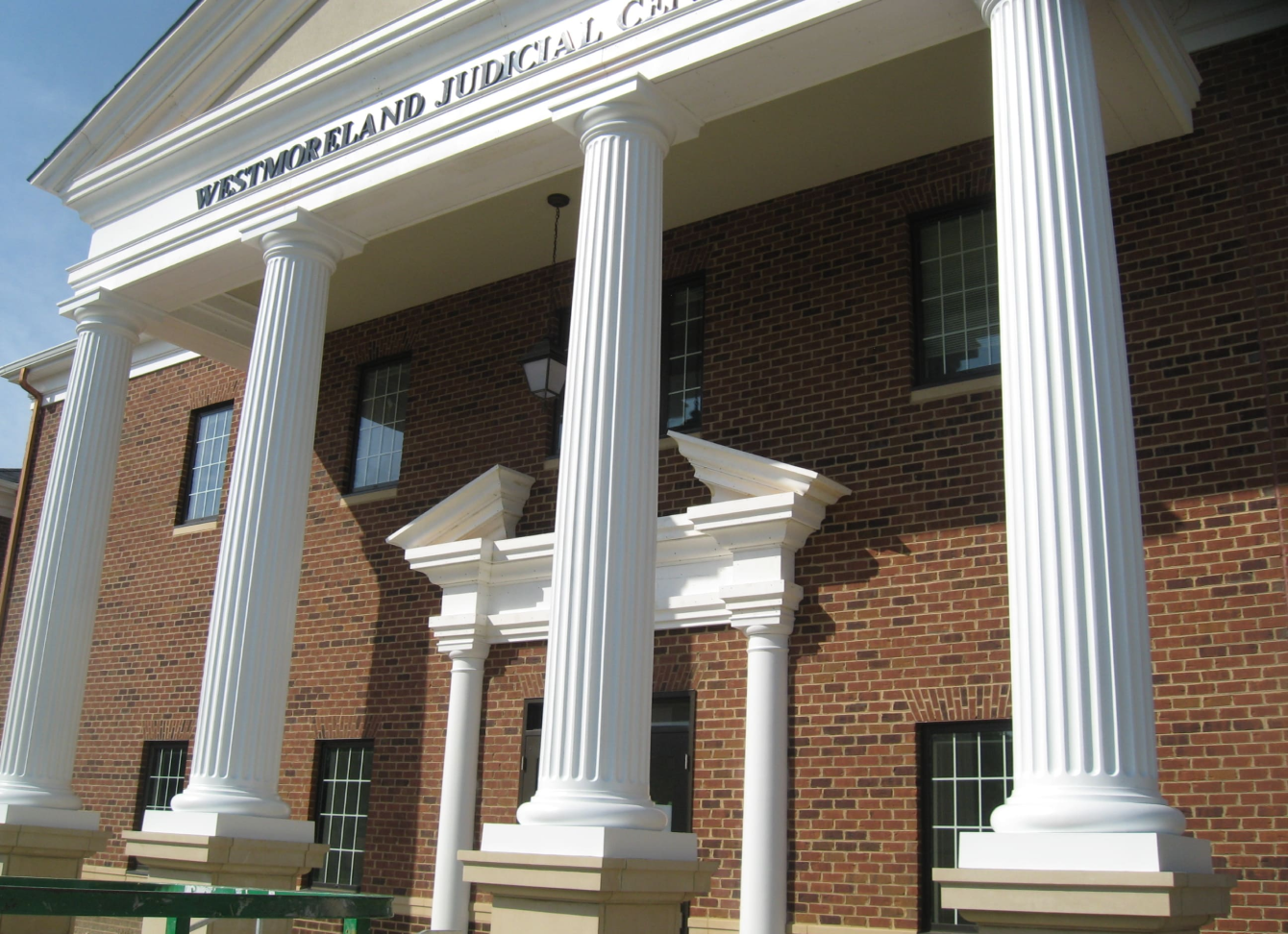4 Architectural Features You Could Use for Building a Covered Walkway to a Detached Garage
A century ago, detached garages were common. Although today most people have their garage as part of their house, an increasing number of homeowners are converting their garages into offices or bedrooms and building separate, detached garages. Besides giving your house more living space, a detached garage can make your home more secure from intruders. This is because burglars who break into a detached garage are less likely to get inside your house.
Many homeowners are including a covered walkway to a detached garage. Here are some of benefits of a adding a covered walkway to a detached garage and four architectural features you could use for making your walkway more beautiful.
Advantages of a Covered Walkway
There are several benefits for having a covered walkway to a garage. One of the main advantages is that it protects you from inclement weather when walking from your house to your garage. Curb appeal is another huge benefit.
A covered walkway can provide more exterior lighting, which is especially helpful if you live in a rural area that doesn't have street lights. What's more, with all these advantages, you can easily add resale value to your home, making it more favorable for potential buyers when it comes time to sell your property.
1. Fiberglass Columns and Decorative Column Capitals
Some people use decorative fiberglass columns for their covered walkways. Consider how fiberglass columns are easy to install, are exceptionally durable and more affordable.
Fiberglass is also much easier to maintain and paint than wood columns, which used to be more popular than fiberglass. At Worthington Millwork, we have fiberglass columns up to 36" in diameter, along with a wide selection of column capitals with styles, including Roman Doric, Roman Corinthian, Tuscan, Empire Green Erectheum with Necking and Greek Angular Ionic.
2. Pergolas and Trellises
One of the most effective ways to enhance a walkway is by installing pergolas and trellises. A pergola, which is an outdoor structure, is made up of columns used for supporting a roof consisting of beams and rafters. Pergolas made from PVC are incredibly light, which is unlike other materials, such as wood.
To make your walkway even more inviting, why not plant vines that can grow on trellises. Trellises draped with vines are not only beautiful, but they can also serve as shade and a shield from harsh sunlight. This is especially beneficial in areas prone to warm, dry weather. On the other hand, vines growing on trellises probably aren't a good idea is you live in a rainy and/or snowy area.
3. Rustic Wood Beams
If you have a country home and are looking for a rustic look, then consider using faux wood beams. They're more affordable than real hardwood, are easier to install and last longer as they're able to withstand rain and extreme temperatures.
Another plus is that faux wood is not affected by insects, which is not the case for real wood. Since faux wood looks natural and just like real wood, you can't even tell the difference.
4. Balusters and Balustrade Systems
Balusters and balustrades are not only intended for porches and decks, but they can also be used for walkways. Balusters bring out the beauty of railings, besides provide vertical support. While a baluster is one post, a balustrade consists of several balusters, thus making up a unit. These architectural features come in several styles and materials, including polymer stone, polyurethane and fiberglass.
Considerations and Warnings
- Some homeowners even add decorative windows or glass ceilings to their covered walkways.
- If you have trellises, you may want to include some hanging baskets.
- To make your walkway more attractive and private, you could plant some bushes or other types of vegetation on each side.
- Consider the style of your home. For example, a more contemporary home is more suited for aluminum railings rather than rustic-looking faux timber and beams. For formal homes, classic white columns can be a good choice.
- Think about weather conditions when designing your walkway. Therefore, if you live in a humid area, such as South Florida, where rotting and insects are problems, you probably don't want real wood.
- Consider shade when determining which materials are best for your walkway.
- To avoid mildew accumulating, don't use concrete or stone for a surface. Even worse than being unsightly, moss and mildew can be a safety hazard, causing people to slip and fall.

